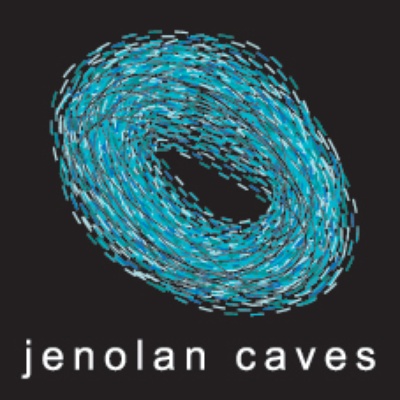
Students are fascinated at Jenolan Caves! Near Sydney, in the World Heritage listed Karst Conservation Reserve, Jenolan Caves is the ideal destination for school groups, best described as 'Nature's Classroom'. Our truly unique surrounds offer opportunity to experience rare wildlife, unchanged and contrasting ecosystems, and geological formations wilder than the imagination.
Our experienced and nationally accredited guides cater for a wide range of activities, to suit the needs of all students K to 12. Programs incorporate all areas of the school curriculum. We offer experiential learning through such activities as Adventure Caving, orienteering, environmental studies walks and guided tours through our ten show caves, or self guided Nettle Cave.
Choose from an existing program, or ask us to develop a package to fit the needs of your students and fulfill the learning outcomes of specific key learning areas outside the generic requirements.
We will provide you with the completed risk management document, 'Venue and Safety Information for School Excursion', as required by the NSW Department of Education and Training. This document covers many issues such as first aid, bush fires, accidents and lost or missing students during both activities and while using our accommodation.
Jenolan is renowned for our spectacular beauty. School groups can choose to tour one or more of our ten show caves, and the tour content can be tailored to a specific study requirement. Traditionally schools have toured the Lucas Cave, which easily takes the largest groups. But don't forget our fabulous Chifley and Imperial Caves - also great for larger groups.
Or for a totally immersive underground experience - great for confidence and teamwork, try Adventure Caving. Geared up with personal head-lamps and overalls, students learn squeezes, climbs and crawls and feel like real adventurers, while learning about the cave environment up close. Environmentally responsible and overseen by trained guides, it is a fantastic way to explore the underworld. The students assist each other and rely on teamwork to make their way through the caves. There are a variety of Adventure Caves to suit different ages and group sizes. Some caves incorporate an abseil into the entrance (for students 10 years and over). Whether first time or experienced abseilers, students are introduced gently into the art of abseiling. There is an instructor-student ratio of 1 to 6. Students are instructed on the use of abseiling equipment and taught how to abseil in an isolated valley. Abseiling is an ideal way to build self-confidence. They love the challenge and the satisfaction of learning a new skill. (for students 10 years and over).
Interpretative bushwalks are another popular option. Such tours provide an excellent setting to explore the ideas and examples of World Heritage protection, landforms, land use and environmental management.
Jenolan Caves is just 1¼ hours from Katoomba, 2½ hours from Western Sydney and 3 hours from Canberra.
The Gatehouse is our comfortable 3-storey bush-walkers lodge containing 14 rooms. There are three unisex bathrooms. Common rooms have fridges and cooking facilities on two floors. Capacity is as follows:
Six rooms have double beds and one set of bunks.
Seven rooms have 3 sets of bunks.
There is one apartment, with 1 queen bed, 1 double sofa bed and 2 single beds.
The Mountain Lodge is our modern motel-style accommodation, with en-suite bathroom, kitchenette, television and iron. Capacity is as follows:
Four rooms sleep 4.
Eighteen rooms sleep 3.
Six rooms sleep 2.
Jenolan Caves were known to the local Aboriginal population for many thousands of years as Binoomea, "Dark places".
European involvement in the area began in 1838, with the first recorded discovery by a local pastoralist, James Whalan. However, according to legend, Whalan was not the first European to set eyes on the caves. That honour goes to James McKeown, an ex-convict and possibly an outlaw, reputed to have been using the caves as a hideout.
Over the succeeding years, James Whalan and his brother Charles discovered several openings. The Elder cave was discovered in 1848. It was the first "dark cave" explored.
In 1860, the Lucas cave, largest of the current show caves, was discovered by Nicholas Irwin and George Whiting.
It was not until 1866 that the caves were brought under direct government control.
In 1867, Jeremiah Wilson was appointed as 'Keeper' of the 'Binda', or 'Fish River' Caves. The Aboriginal word 'Jenolan' (high mountain) was not adopted until 1884.
Despite government control, the caves initially enjoyed little protection. In the early years, visitors were free to break formations and take souvenirs from the caves. Damage is visible today, in caves including the 'Elder' and the 'Lucas'.
It was not until 1872 that this practice became illegal, thanks largely to the efforts of John Lucas, the local member of Parliament. The Lucas Cave bears his name, to commemorate his part in the preservation of this fragile and irreplaceable environment.
In the 1880s, Jenolan began to emerge as a genuine tourist destination. Jeremiah Wilson, an extraordinary caver, had explored to the end of the Elder Cave. In 1879 he had descended a shaft and rockpile to discover the 'Imperial Cave'. This was soon followed by the discovery of the 'Left Imperial' cave in 1880. This cave was renamed the Chifley Cave in 1952, after Prime Minister J.B. Chifley.
Development began within the caves, including pathways and the protection of formations. An accommodation house was constructed. In 1887, permanent electric lighting was installed.
Wilson continued his exploration, discovering the 'Jersey Cave' in 1891 and the glorious 'Jubilee Cave' in 1893.
The present day Caves House was constructed in 1898' after fire partially destroyed the original buildings.
By the turn of the century, Jenolan was a well established and thriving tourist destination. However, some of the greatest discoveries were yet to come.
In 1903, James Carvosso Wiburd was appointed Superintendent of Caves, initiating one of the most sustained and successful periods of exploration. Wilson had concentrated his efforts in the northern limestone. Wiburd, along with Jack Edwards and Robert Bailey, pushed ever deeper into the caves, south of the Grand Arch.
The 'River' and 'Pool of Cerberus' Caves were discovered in 1903. In 1904, the 'Temple of Baal', 'Orient' and 'Ribbon' Caves were discovered.
The time and energy involved in these discoveries cannot be overstated. All exploration was done by candlelight. The discoveries made by Wiburd truly elevated Jenolan to the status of a world class cave system, with the opening of the River (1904), Temple of Baal (1909) and Orient (1917) as show caves.
The history of Jenolan and the exploration of the caves is, of course, far from complete. The guiding staff continued to push beyond the known boundaries of the cave system. For example, guides Ron Newbould and John Culley discovered the Barralong Cave in 1963.
In more recent years, registered speleological societies have explored the caves, and made discoveries, including the discovery of the Spider Cave in 1975, by Bruce Welch.
The often asked question, "How many caves have not yet been discovered?", is as unanswerable as ever. But the potential for further exploration is enormous.
Over 160 years since the first Europeans stumbled upon the vast openings of the Grand Arch and the Devil's Coach House cave, the magic of Jenolan is still leaving its mark on visitors. Jenolan is as timeless as it is unforgettable.
Low Prices
From 1 April, 2017, for school groups, guided cave tour prices start at $14 per child, (or $15 per child for tours that start from 12 noon to 2 pm - our peak time).
$14 is a great price - half of our regular kid's rate.
School group accommodation starts at $27.50 per child per night in the Gatehouse (backpacker lodge).
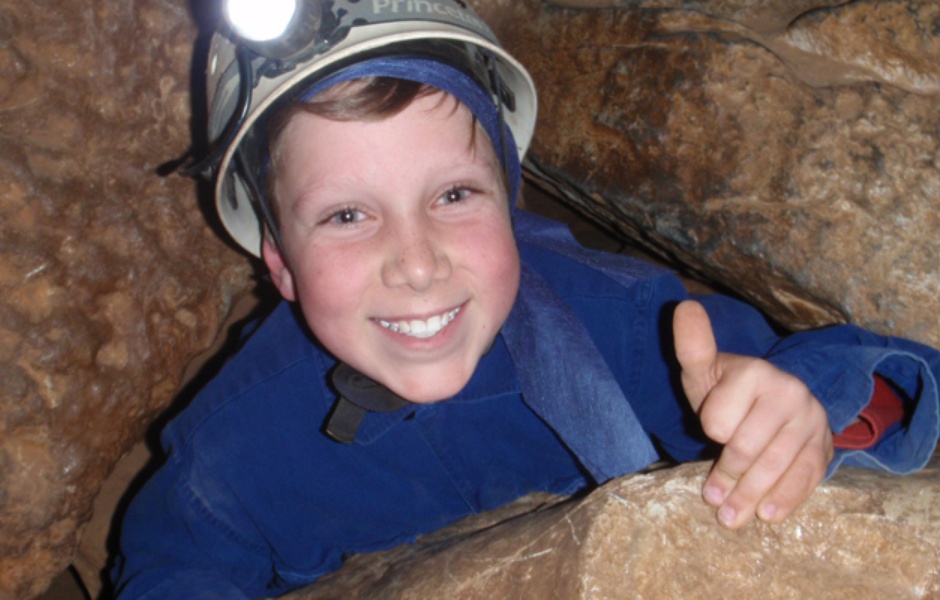
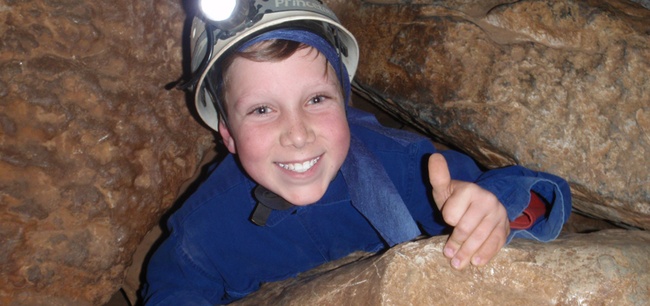
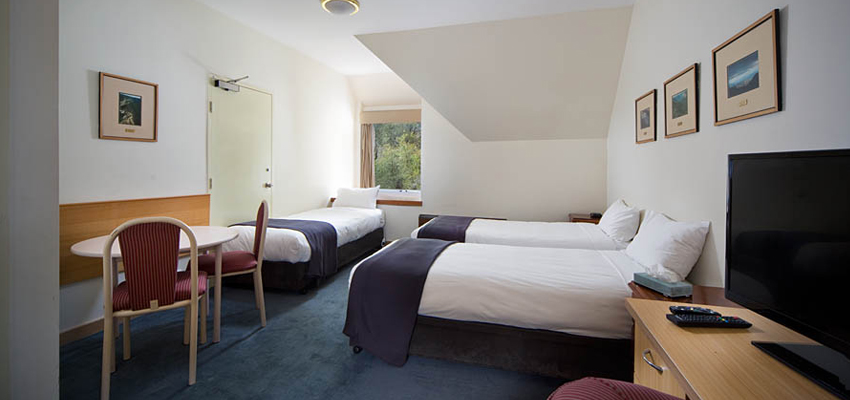
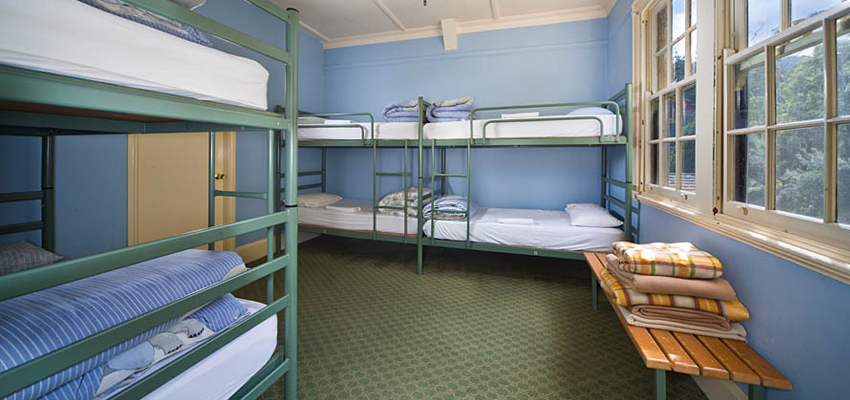

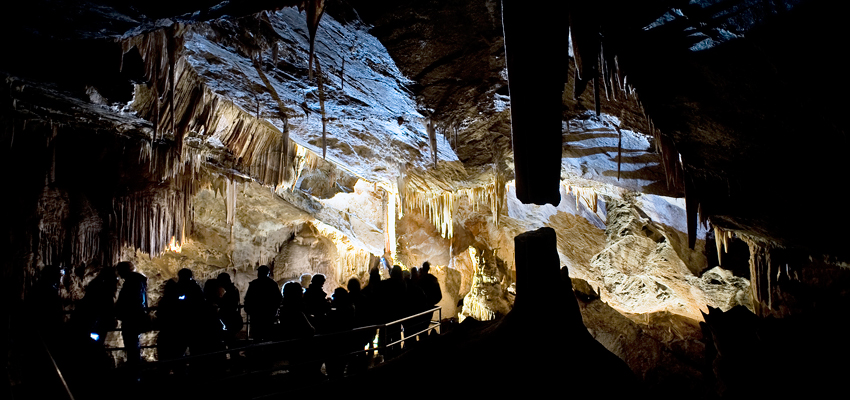





Comments